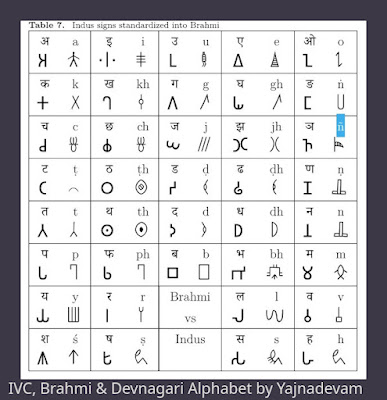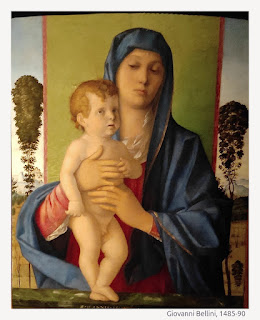You never know where an online research will take you. Recently, an online search took me to a website where Indian women talk about their sarees and their memories linked to them. I spent a few hours reading about different kinds of saree-textiles, their designs and traditional weavings.
At the end, I have a new understanding about the kind of relationship persons can have with textiles, about which I had not thought earlier. It also brought back some memories from my childhood about my mother's sarees.
Let me start this by telling you about how I landed on that website.
Starting from Sonali Sen Roy
I was looking for information about the childhood of Sonali Sen Roy, who had become famous during the 1950s for her story with the Italian film director Roberto Rossellini.
Sonali was born in Banaras in the British India, her father was a doctor in the United Province and her mother was the elder sister of well-known Indian film maker from the 1950s, Bimal Roy.
The search took me first to Sonali's elder sister, then to her daughters and then to one of her grand-daughters, Ms. Bhattacharya Roy. Some years ago, Ms Roy had taken part in an online challenge of presenting 100 different saris, where she had talked about some of her family stories.
100 Sarees Pact Website
The 100 Saree Pact website collects the stories of sarees, it describes its mission as, "This blog is an invitation to join and share the magic. Celebrate life, celebrate relationships, celebrate your past, your heritage, your memories, your moments, your connections through saree wearing. Enjoy the stories shared already, be enthralled ! Bring your sarees and their stories out into the world. Let them spread the happiness and positivity that we have all been surrounded with."
100 Sarees of Ms Roy
Ms Roy presented her 100 sarees on this blog during 2015. Her sarees come from different sources - the ones she bought, the one brought as gifts by her husband, the family heirlooms, the ones on loans from aunts and cousins ... Each saree is accompanied by a brief or a long description including some of her family memories.
For example, in one post, she talked about her maternal grand-mother, Sonali's elder sister: "This sari belonged to my Dimma (mother’s mother). She usually wore whites, greys, beige or very light colours. This is one of the few coloured saris I saw her wear, mostly when she went abroad. I lost her when I was still in college and hence a very occasional sari wearer but I did get two of her saris. This sari is special for another reason too. I wore it one of the first times I went out with my (then to-be) husband ..."
In another post, she talked about the saree worn by her mother for her wedding: "The magenta Benarasi was bought from Indian Silk House. The zari work is exquisite, with three different kinds of butis all over and an intricate border and pallu. Even after almost 40 years, the zari hasn’t lost its sheen. Ma wore it only a couple of times after her wedding though ..."
There was one post, which might have been about Sonali, though she did not specify it: "She was for me a strand of red corals that my mother has always treasured and which I have worn on a couple of occasions. She was for me a letter she wrote to my mother when she lost my father and another she wrote at the time of my wedding, with an alpana-like doodle at the end. She was for me a frantic hunt for a fresco on a hot and humid afternoon in Santiniketan. I never saw her. For me, she lived in the many black and white photographs, and a few more recent ones in colour, from the family album and the many stories I heard about her from Ma and her siblings ..."
Sarees as Repositories of Weaver-Traditions, Cultures, Memories
I don't have any emotional bond with any of my clothes - I buy most of them in the supermarkets, and when I am tired of them, give away some of them and throw out the others. There is no emotional relationship between me and the clothes. I guess that this would be true for most of us today.
On the other hand, reading about Ms Roy's posts about her sarees, gave me a glimpse of the different weaving traditions, the traditional motifs they use, the festive occasions on which special sarees are worn, the memories associated with them and how some sarees become family heirlooms. Even when they are old and worn out, their borders and embroidered parts may be kept and used for other sarees.
It is a completely different relationship with our clothes, something that we lose when we shift to today's factory made products and the consumer culture.
My Childhood Memories
In our old Delhi house, where we lived in one part and my maternal grand-parents in the other part, every year before the wedding season, a couple of men arrived from Banaras carrying on their heads, silk sarees wrapped in white cotton blankets. I think that they were middlemen and sellers, they did not weave themselves.
I remember standing there with other children, as they showed bright coloured silk-sarees with shimmering and richly embroidered zari borders and Pallus (the end of saree hanging over the shoulders).
Every year some of my aunts or uncles or cousins from the extended family was getting married and thus, the family-women needed new sarees. I remember some of sarees bought by my mother. When they became old, sometimes they were exchanged for pots and pans from another group of women visitors.
In The End
Going through some of Ms. Roy's posts and reading about her stories about specific sarees was a rewarding experience, it made me think of some of my old memories. It also brought out the importance of different textile museums and persons who are trying to conserve the priceless weaving traditions of communities such as sarees, kimonos and other traditional dresses.
Even in Italy, till some decades ago, families had traditions such as knitting, cross-stitching, embroidery and lace-making for their daughters' weddings. We still use some of the heirlooms from my mother-in-law's family at our home.
However, all those things are from the past, and often today's generation is dismissive about them, they would rather buy something new from the supermarket, as I do!
***


























.JPG)
















